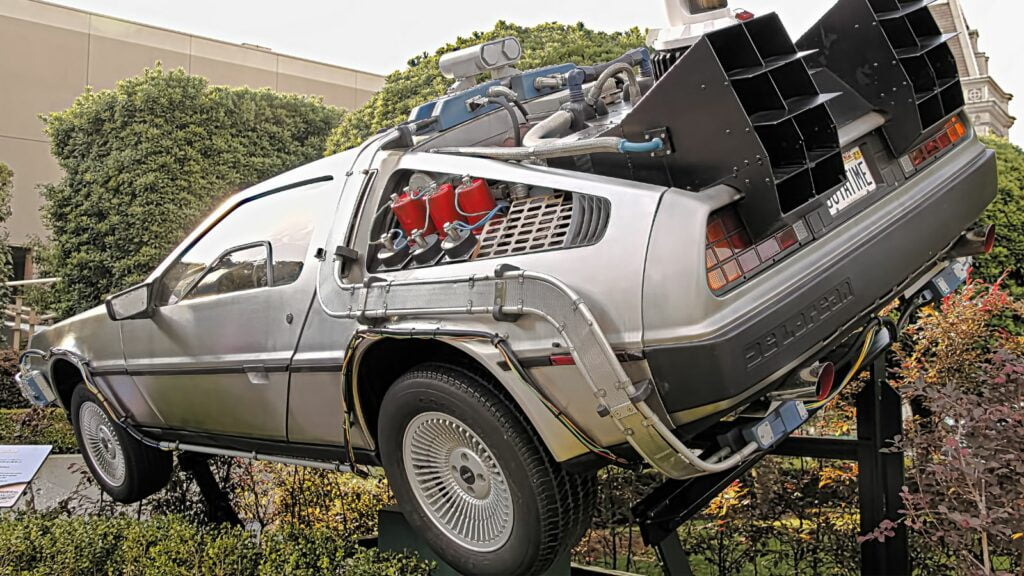In the automotive universe, not all cars can be a thundering success. Some cars roll out in glory but fizzle quickly due to poor design, lackluster performance, or an identity crisis. Some cars had weird and weak engines, while others failed to deliver reliability and performance, demonstrating that even big carmakers sometimes make mistakes. These are 24 cars that were total flops:
Ford Edsel (1958-1960)
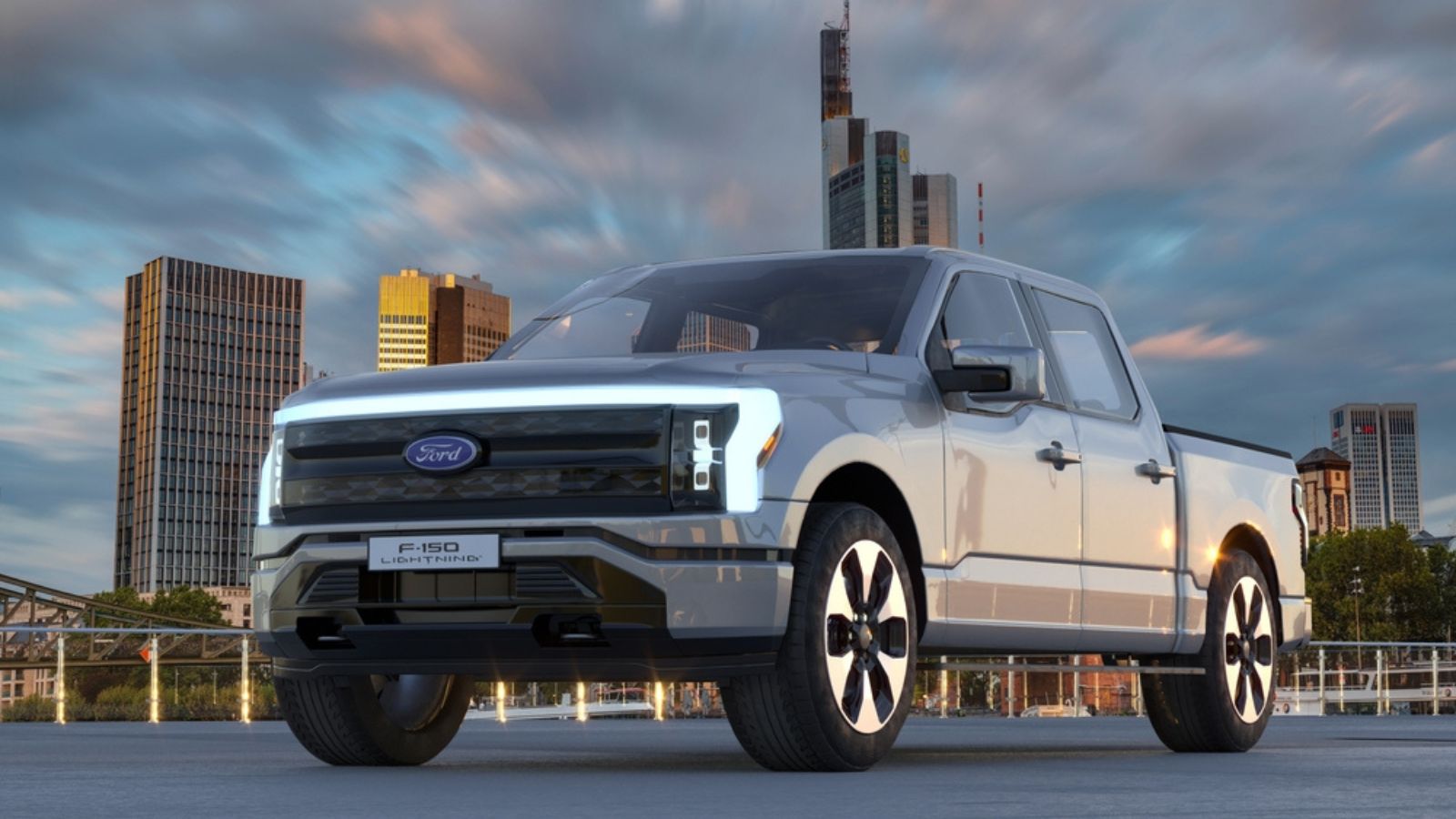
Roy Brown Jr. designed the Ford Edsel car with aggressive styling and a divisive “horse-collar” grille. It included a 5.4-liter V8 engine with 303 horsepower and was meant to transform the auto world in the late 1950s. Inside, it was luxurious for the era, with leather-trimmed upholstery, push-button gear shifting (“Teletouch”), and sophisticated climate control. Regardless of these innovations, the car’s clunky looks and quality control problems sealed its fate. The Edsel wasn’t exactly slow, going from 0-60 mph in about 10 seconds, but its weak promotion and public rejection rendered it a flop.
Pontiac Aztek (2001-2005)

Tom Peters designed the Pontiac Aztek, which is still a monument to how bad design can destroy a car. It had a 3.4-liter V6 engine that delivered 185 horsepower and could go from 0-60 mph in 9.2 seconds. It has quirky and angular looks that were considered off-putting but featured a versatile interior with a removable cooler, available tent attachment, and fold-flat rear seats for camping ease. The chunky styling was a turn-off, though. Although later adopted as a cult classic, the Aztek’s quirky styling cemented its position in the car hall of shame.
DeLorean DMC-12 (1981-1983)
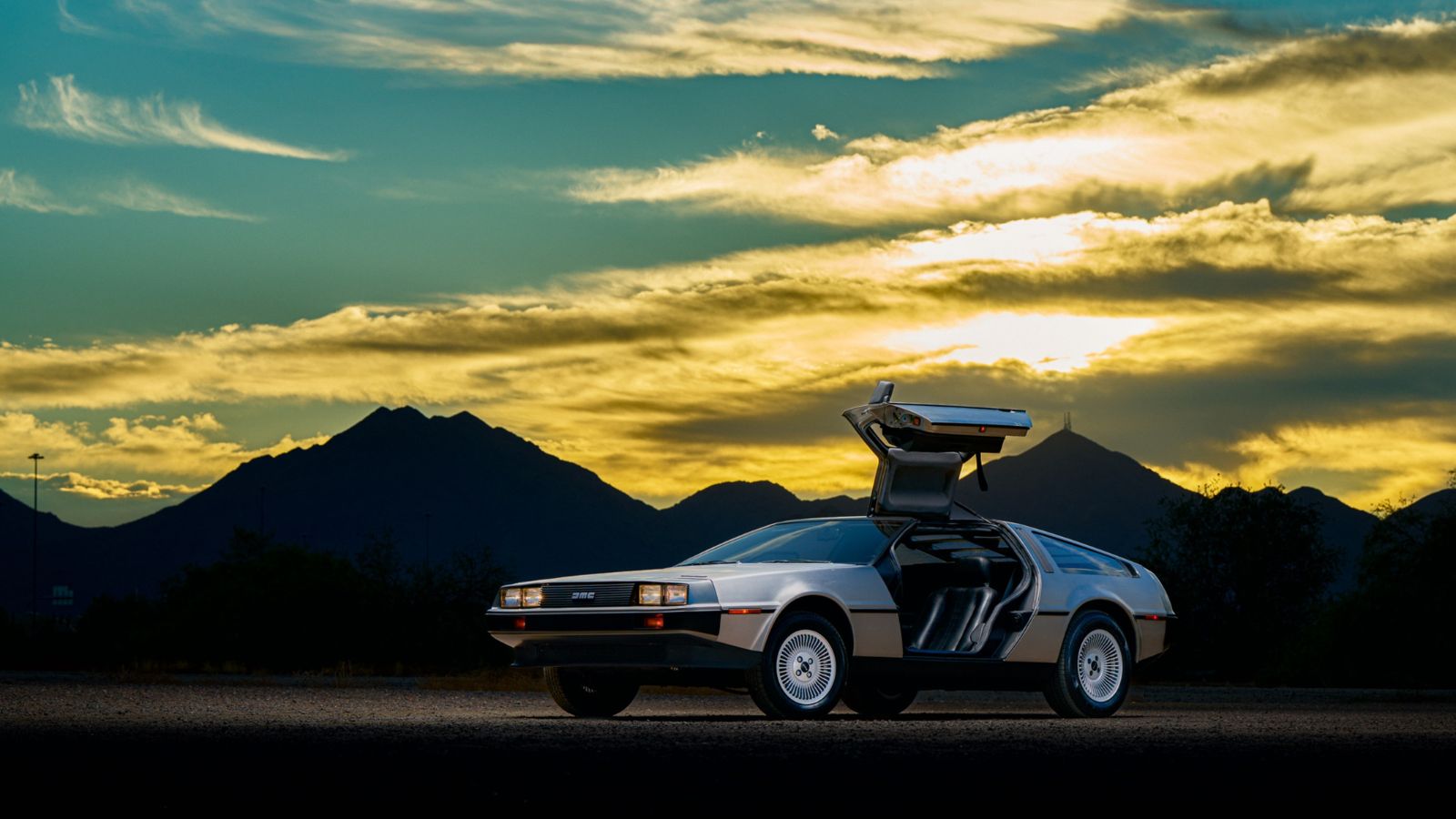
The DeLorean DMC-12 bombed big even though it gained popularity thanks to the Back to the Future movie. Created by iconic Italian designer Giorgetto Giugiaro, it featured gull-wing doors and a stainless-steel body. Unfortunately, its 2.85-liter V6 was only good for 130 horsepower, leaving it woefully underpowered and taking 10.5 seconds to go from 0-60 mph. Inside, it was sleek but simple, with leather seats, a digital clock, and brushed aluminum trim. It fell short of its flashy reputation, causing owners financial woes and quality problems that brought the company down.
Chevrolet SSR (2003-2006)
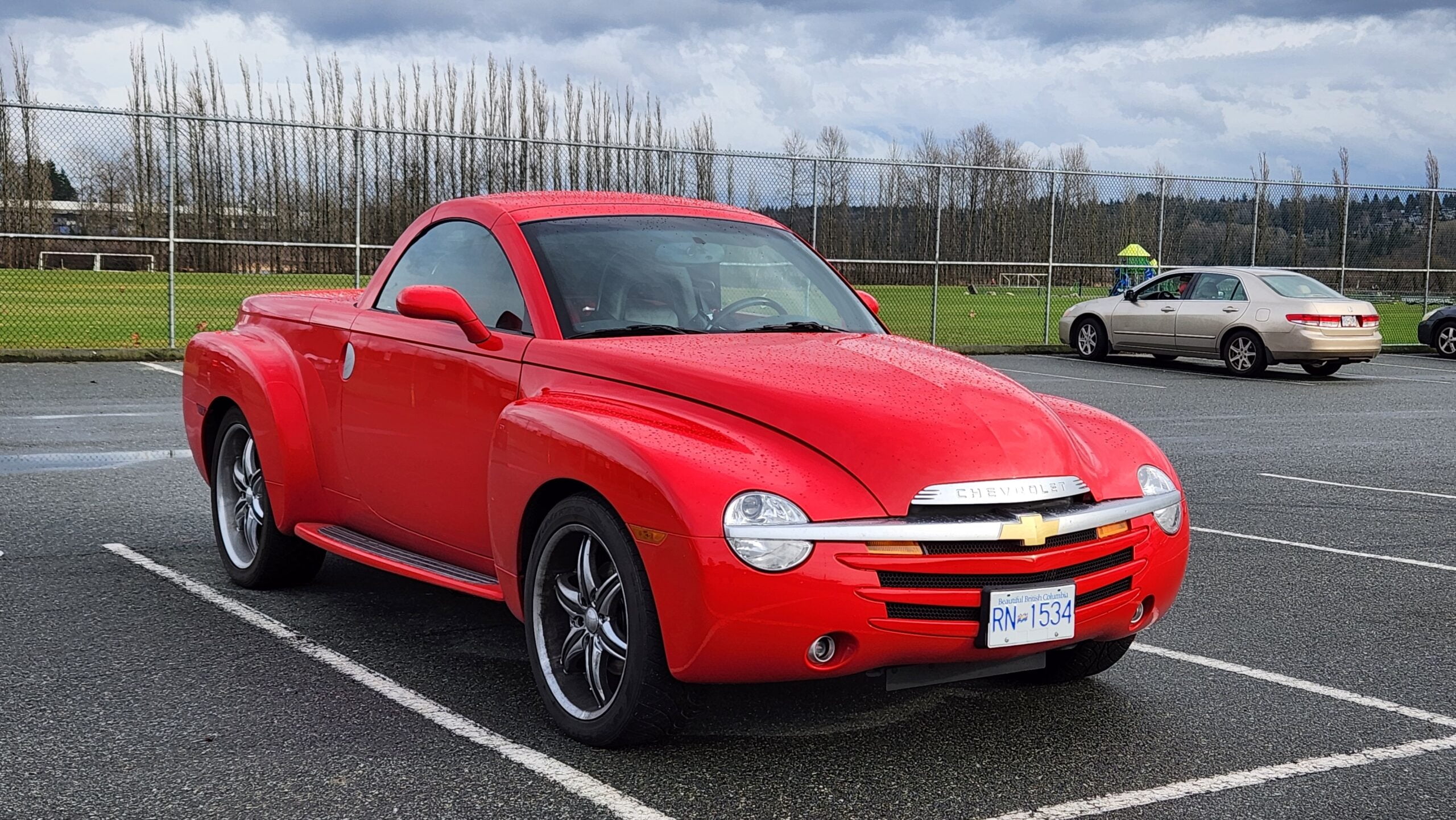
The Chevrolet SSR (Super Sport Roadster) was meant to be a hot rod and a pickup truck but failed to meet the mark. Wayne Cherry designed it with an initial 5.3-liter V8 engine producing 300 horsepower, upgraded later to a 6.0-liter V8 engine producing 390 horsepower. The SSR’s interior combines retro looks and contemporary features, such as leather bucket seats, a power-retractable hardtop, and chrome trim. Despite its muscle-car appearance, its weighty mass carried a 0-60 mph rate of 7.7 seconds. Consumers weren’t sure what to make of it, and its practicality made it a slow seller.
Cadillac Cimarron (1982-1988)

Cadillac’s effort to enter the compact car market caused the doomed Cimarron. Irv Rybicki penned it, and it was a rebadged Chevrolet Cavalier. It had a weak 1.8-liter four-cylinder engine with 88 horsepower, while later models upgraded to a 2.8-liter V6 producing 125 horsepower. The interior featured leather seats and faux wood trim to compensate for its budget materials, but it still felt like an economy car. It was slow and uninspiring, went from 0 to 60 mph in 11.1 seconds, earning a place as one of Cadillac’s biggest mistakes.
Yugo GV (1985-1992)
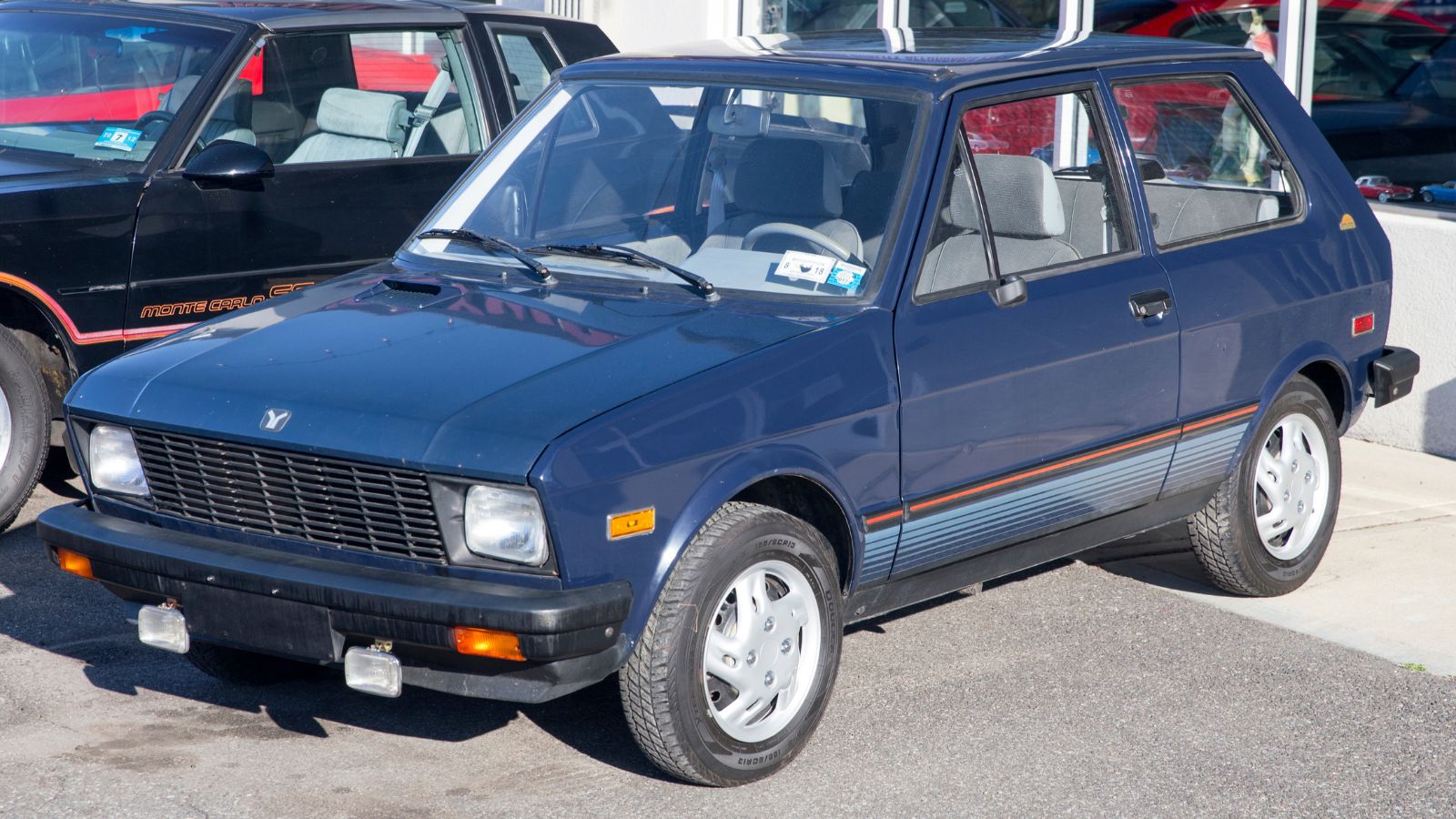
The Yugo GV was engineered by Zastava in Yugoslavia. It featured a 1.1-liter four-banger with 55 horsepower, making the car crawl from 0 to 60 mph in 14 seconds. The interior was bare, with simple cloth seats, a thin dashboard, and crank windows. It was sold at bargain prices to increase its appeal to price-conscious consumers. But, its bad construction and propensity to break down guaranteed a big flop in the market.
Renault Alliance (1983-1987)
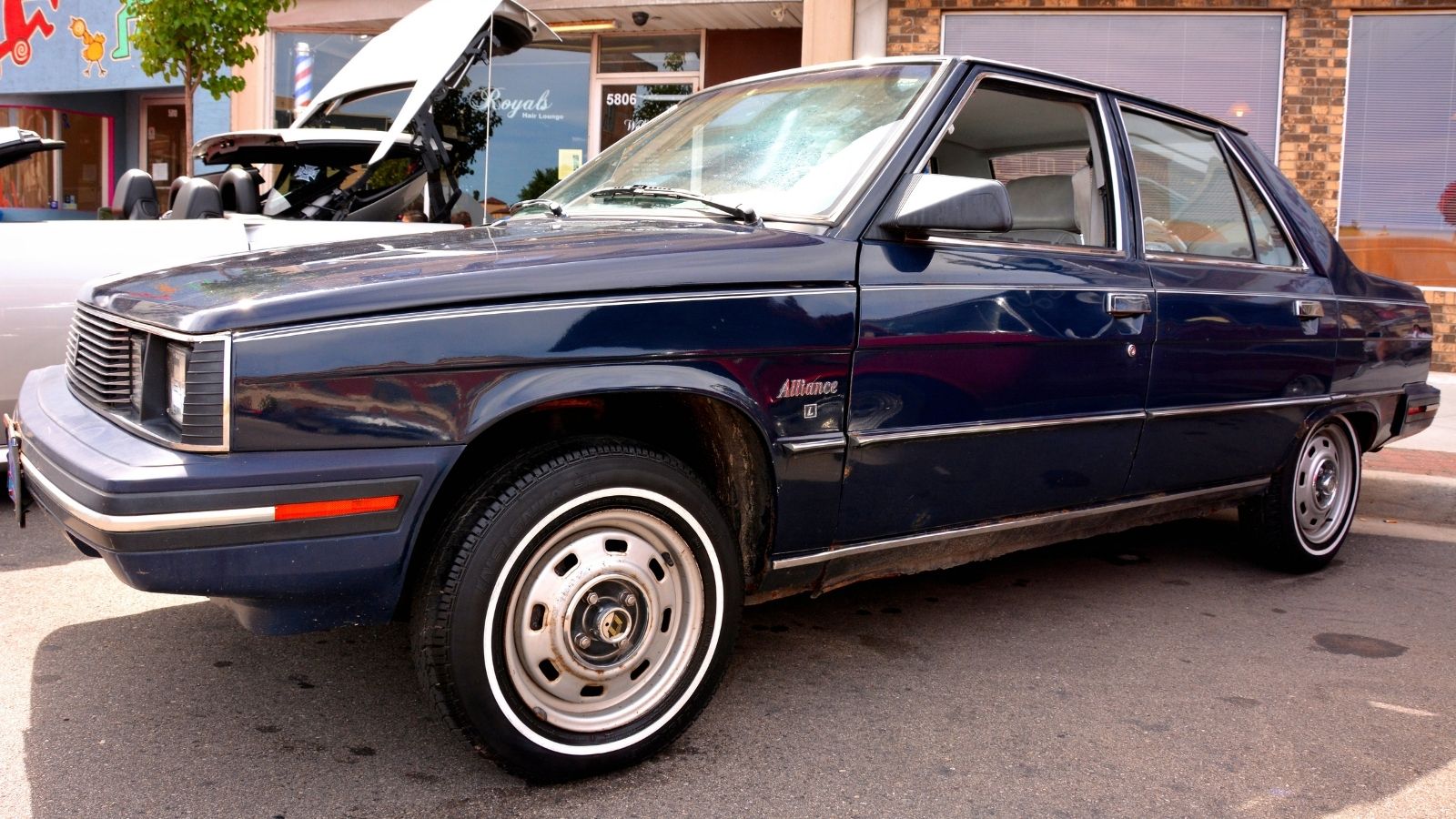
The Renault Alliance was designed by Renault’s in-house designers and had a 1.7-liter four-cylinder engine that delivered 77 horsepower. The car was a French-American joint venture that turned into a colossal flop. Its interior had comfortable cloth seats and a plain but effective dashboard. Although fuel-efficient, its unimpressive 0-60 mph acceleration of 12 seconds and delicate build quality resulted in consumer discontent. The Alliance was intended to combine European style with American practicality but turned out to be a dull disappointment.
Chrysler TC by Maserati (1989-1991)
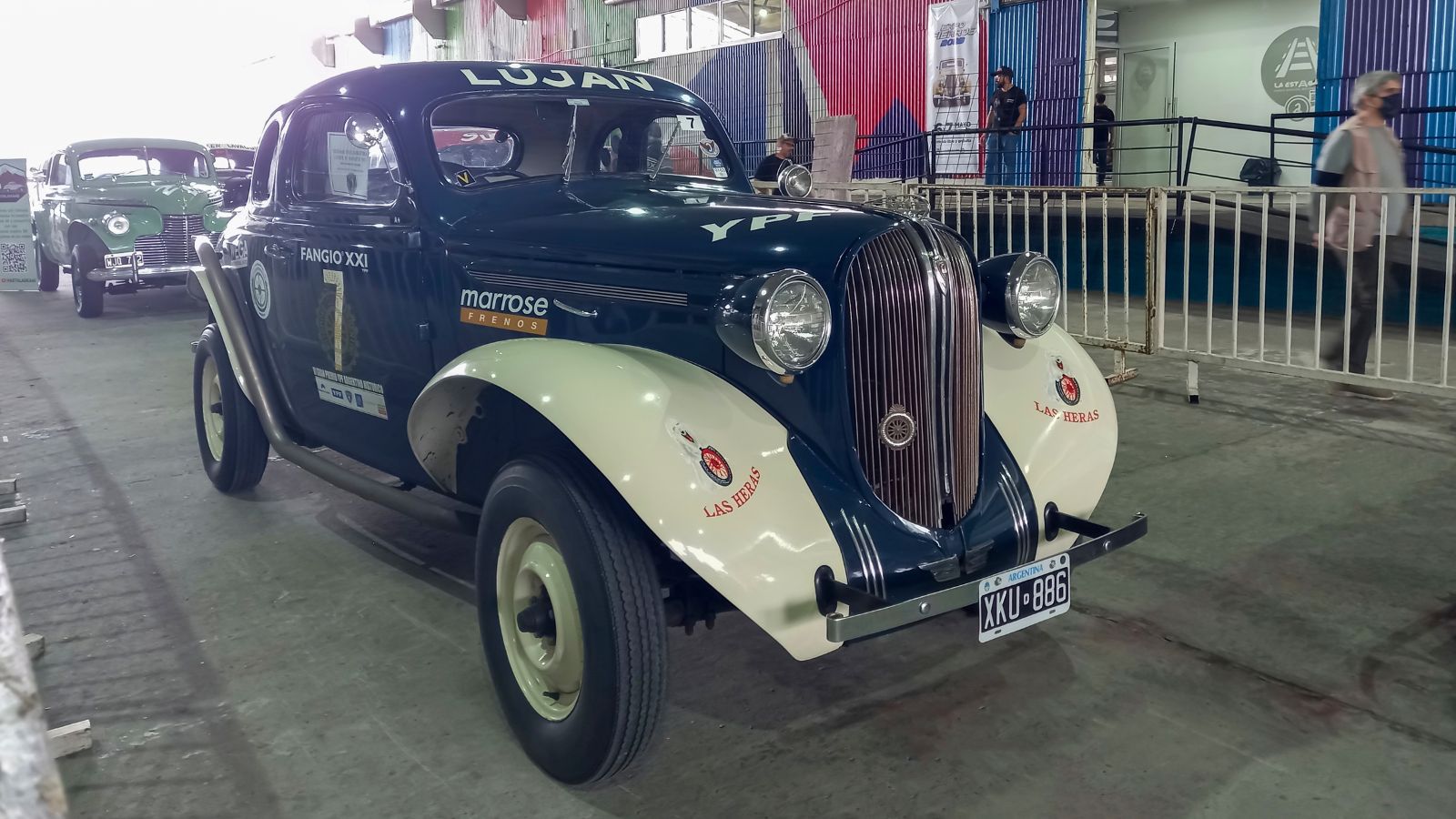
When Chrysler and Maserati partnered, hopes were high, but the Chrysler TC by Maserati was a letdown. Lee Iacocca and Alejandro de Tomaso designed this luxury coupe with a turbocharged 2.2-liter inline-four engine that delivered 160 horsepower. The interior was surprisingly luxurious, with Italian leather, hand-stitched seats, and wood trim. It was slow, with a lackluster 0-60 mph time of 9 seconds, and had a hefty price point that didn’t warrant the luxury badge. Customers couldn’t justify paying Maserati prices for a glorified Chrysler, which met its premature end.
Subaru B9 Tribeca (2005-2014)

The Subaru B9 Tribeca had a weird front grille that looked like it belonged on an alien’s head. Andreas Zapatinas designed the car with a 3.0-liter flat-six under the hood that generated 250 horsepower. The interior featured a cutting-edge cockpit-style dashboard with a curving center console and leather trim. It had a high-end feel. However, the B9 Tribeca’s 0-60 mph acceleration of 8.4 seconds was not heart-pounding. Shoppers hated the odd styling, and Subaru hastily reworked it, but the harm was already done.
Lincoln Blackwood (2002-2003)
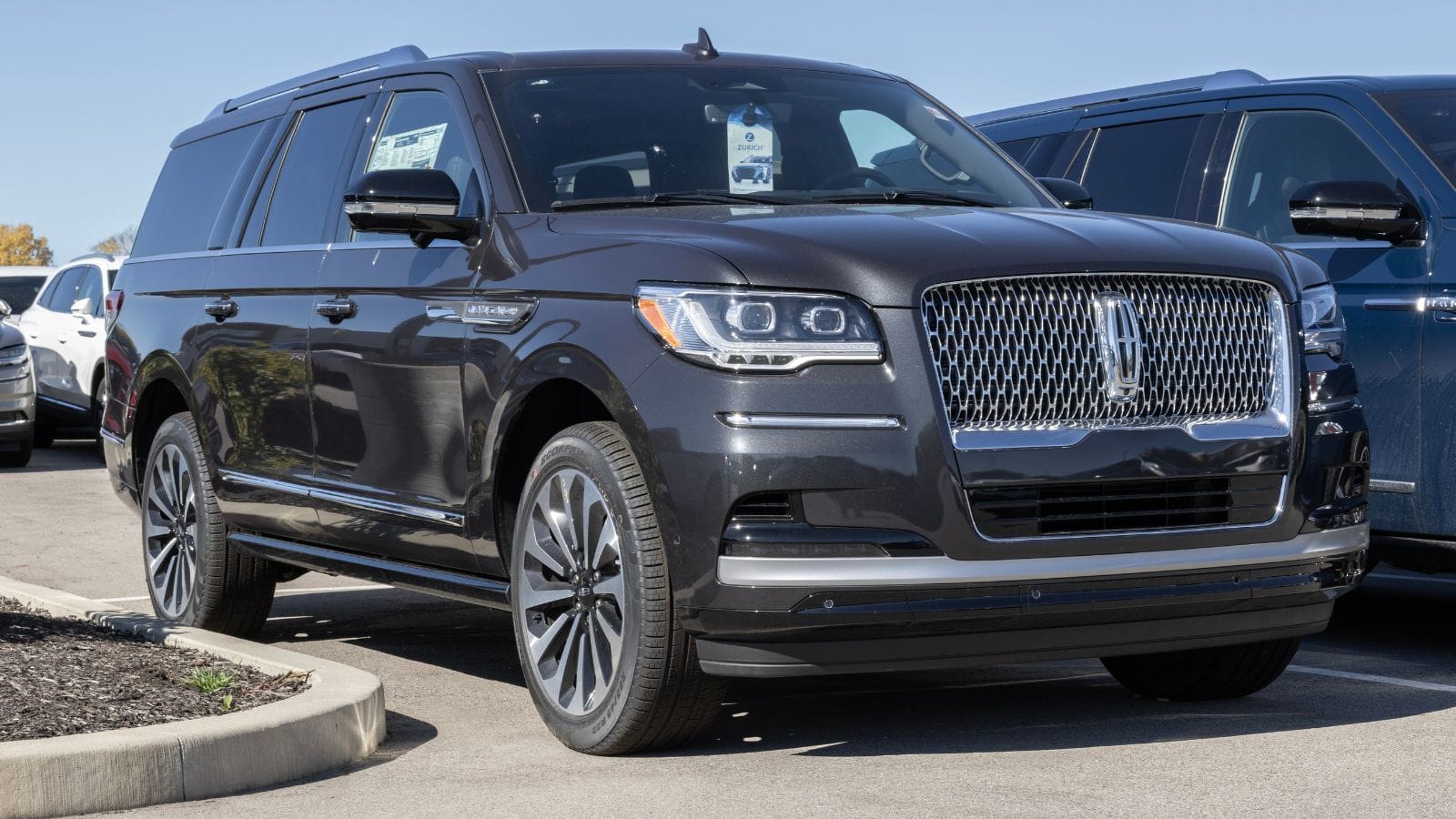
Doug Gaffka designed the Blackwood, a luxury truck with a 5.4-liter V8 engine that produced 300 horsepower. The interior had black leather upholstery, wood-grained trim, and a navigation system. But its 8.5-second 0-60 mph time wasn’t exciting. Its bed was carpeted, rendering it useless for real truck purposes. Buyers sought a functional truck, but the attempt to blend luxury and pickups eventually led Blackwood to phase out after only one year.
Mercedes-Benz R-Class (2006-2013)
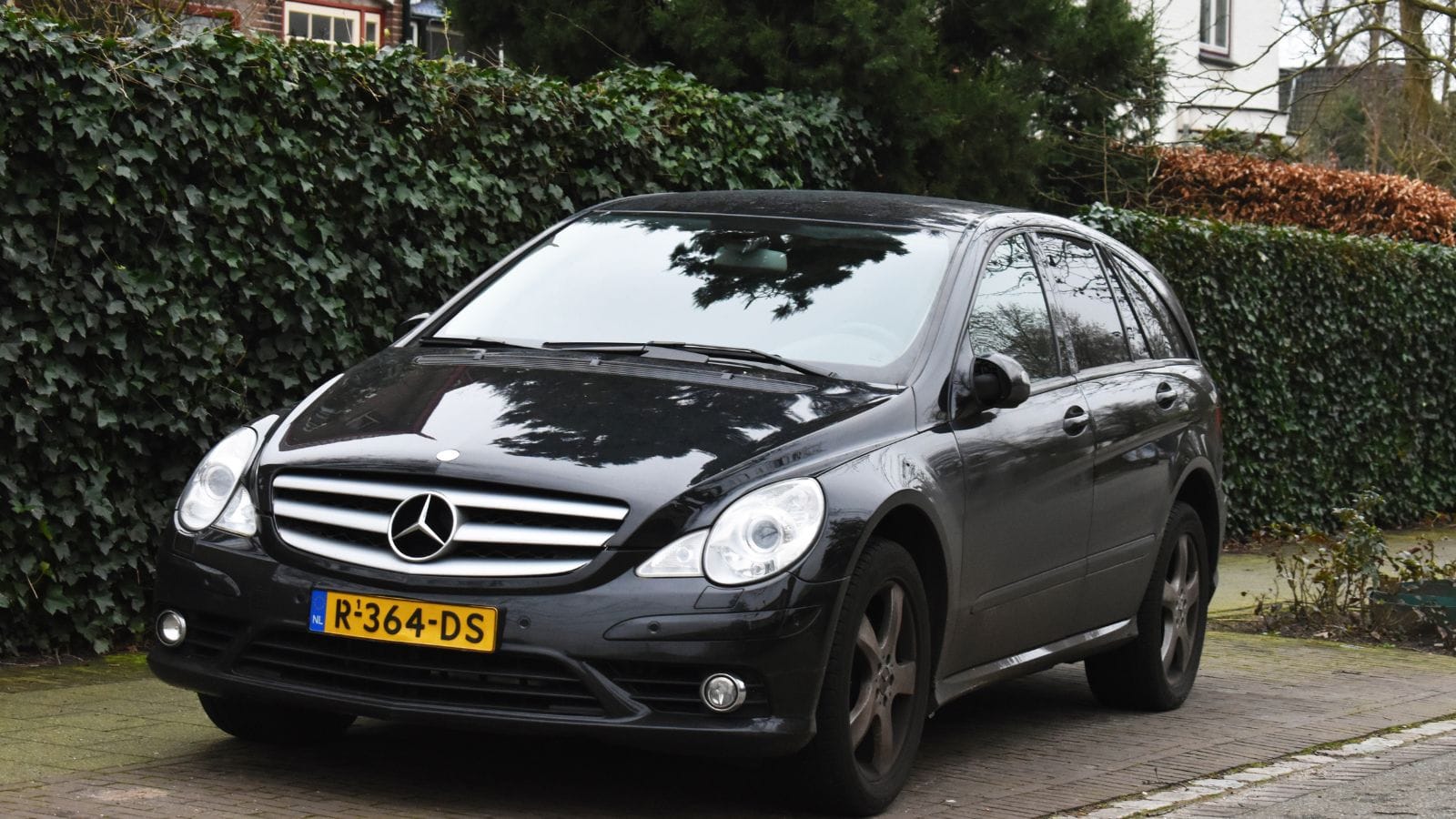
Mercedes failed to merge a luxury van and SUV with the R-Class. Gorden Wagener created it with a 3.5-liter V6 engine featuring 268 horsepower, with later versions including a V8. Its interior was roomy, with leather upholstery, wood accents, and three levels of seating. Though there was a respectable 0-60 mph time of 8.0 seconds, the R-Class’s minivan appearance never excited luxury shoppers, and it was withdrawn quietly from sale.
Nissan Murano CrossCabriolet (2011-2014)

Nissan’s in-house designers created the Nissan Murano CrossCabriolet, leading to an odd combination of SUV and convertible. However, people weren’t demanding a convertible crossover, and the CrossCabriolet went quietly into the night. It had a 3.5-liter V6 engine that made 265 horsepower and went from 0 to 60 mph in an unimpressive 8.5 seconds. The interior had leather, ambient illumination, and a touch-screen infotainment system. However, the awkward styling did not leave an impression on buyers, causing the car to flop.
Ford Pinto (1971-1980)
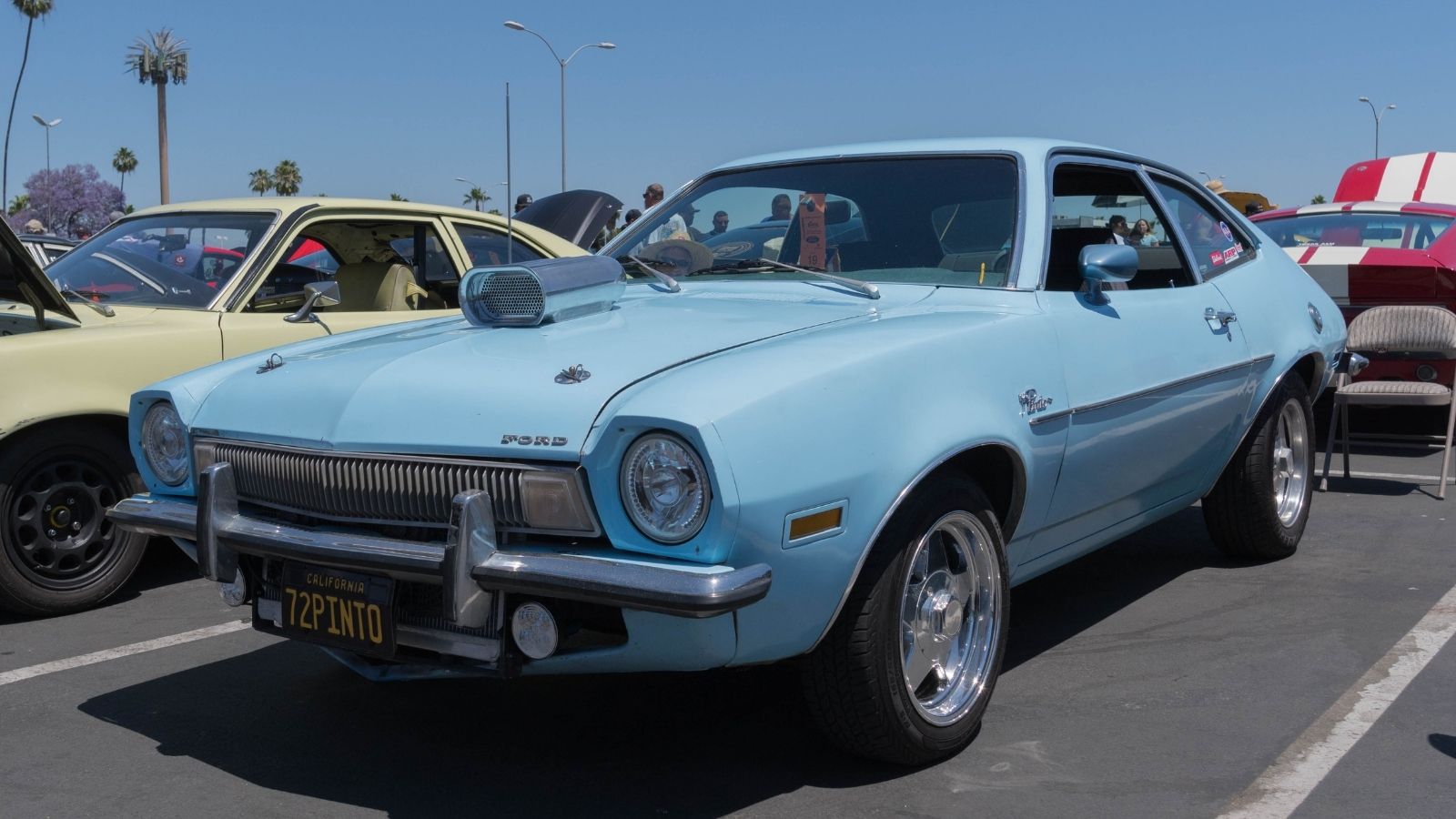
The Ford Pinto was built under the direction of Lee Iacocca. It had a 2.0-liter inline-four engine that made 100 horsepower. The interior was uncomfortable, with vinyl upholstery, a minimalist dashboard, and few amenities to save on cost. It accelerated from 0 to 60 mph in around 10.5 seconds, which was decent for an economy car. But the Pinto’s ultimate flaw was its mislocated fuel tank, which would rupture and catch fire in rear-end crashes. Lawsuits and public outcry made it one of Ford’s greatest embarrassments.
Aston Martin Cygnet (2011-2013)
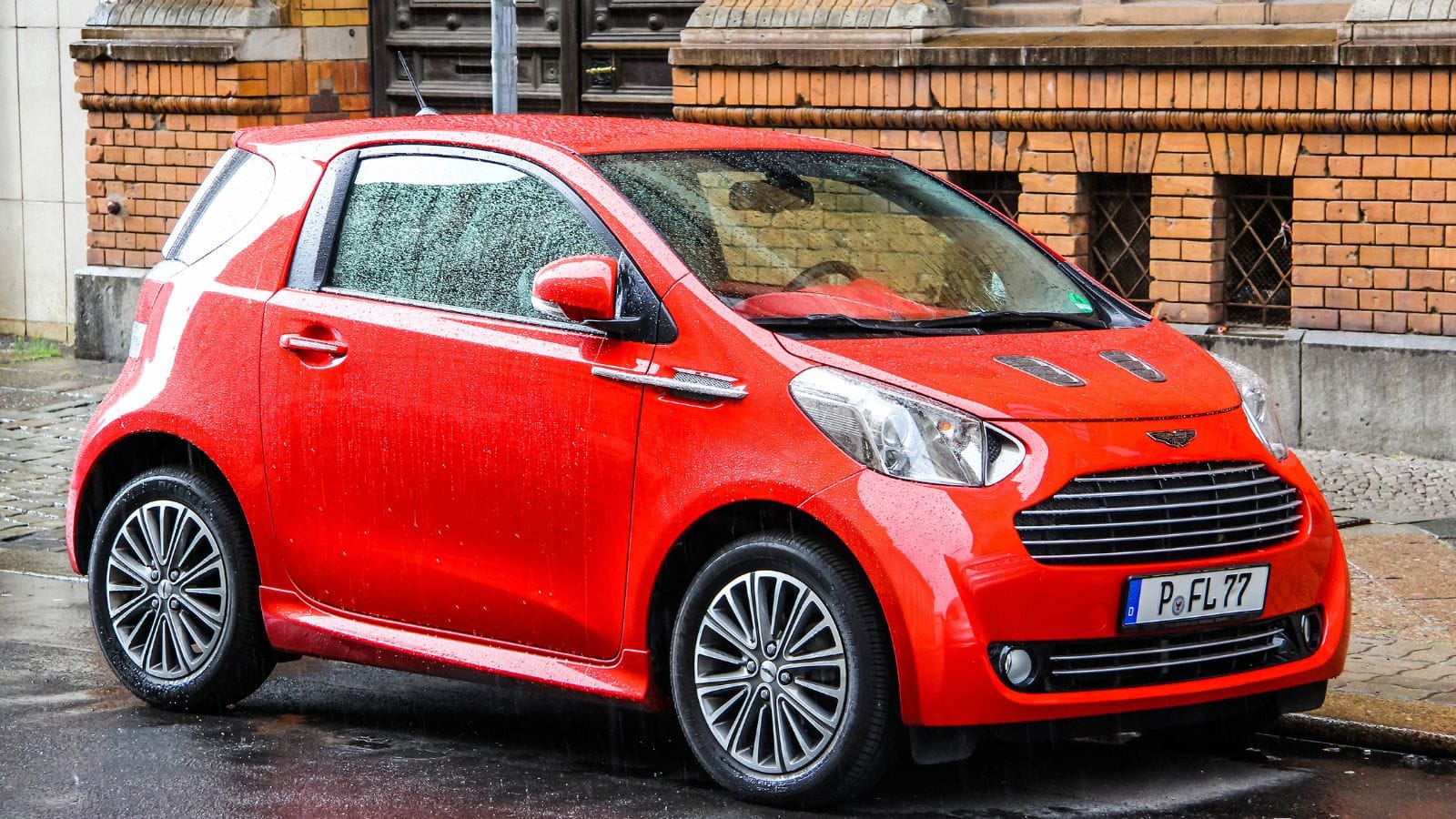
Marek Reichman designed the Aston Martin Cygnet as a rebadged Toyota iQ. Its 1.3-liter four-cylinder engine generated only 97 horsepower, and it took the Cygnet 11.6 seconds to go from 0 to 60 mph. The cabin had hand-stitched leather, metallic trim, and a custom steering wheel. The car was made to comply with European emissions standards, but people weren’t willing to pay luxury prices for a microcar, causing the Cygnet to flop.
Dodge Caliber (2006-2012)
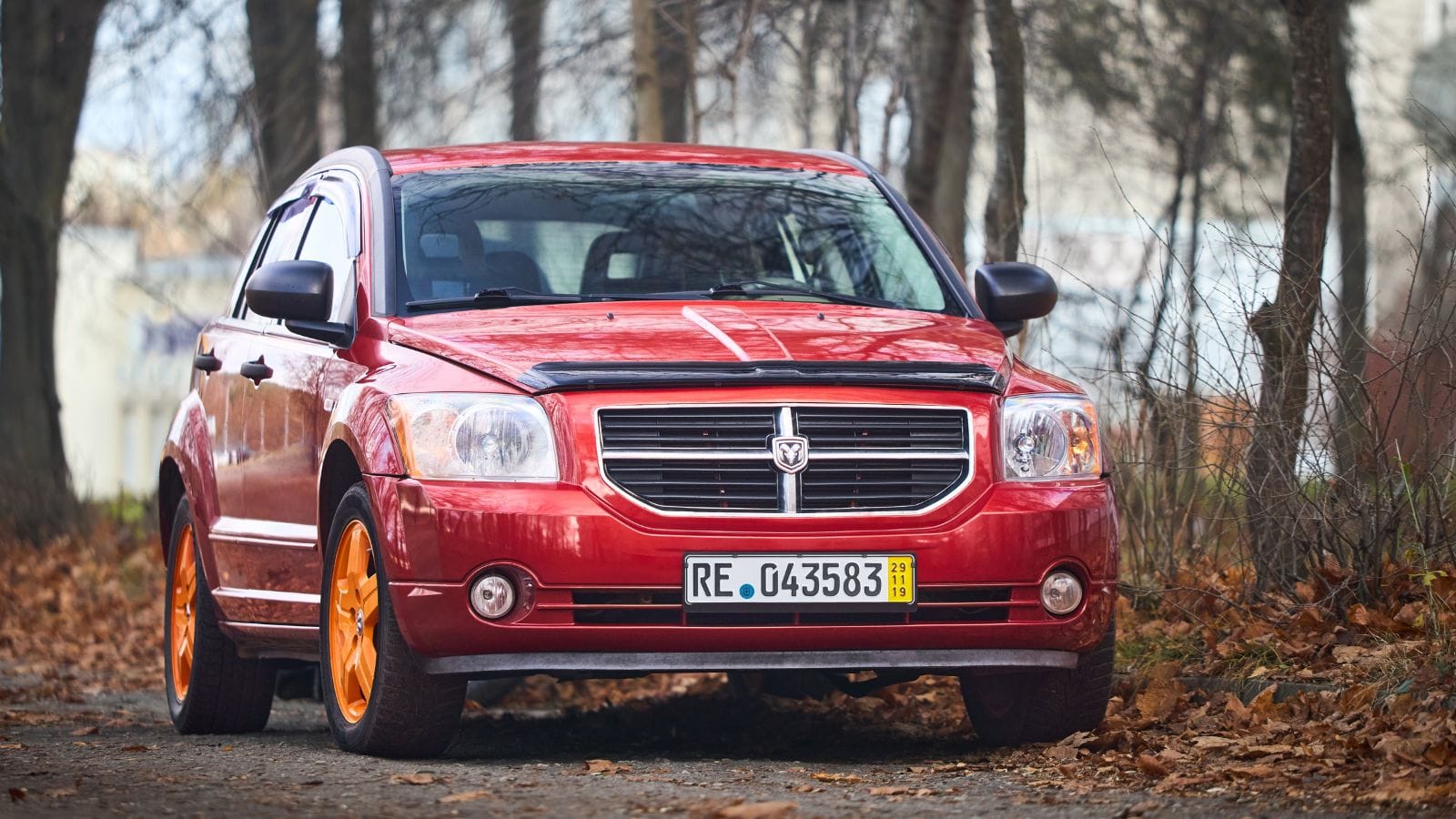
Trevor Creed designed the Dodge Caliber. It had various engines, including a 2.4-liter four-cylinder that made 172 horsepower, but it took a long 9.6 seconds to accelerate from 0 to 60 mph. The interior had cheap designs and materials, featuring hard plastics, stiff cloth seats, and ancient technology. It had an aggressive look, but it was slow, failed to deliver performance, had subpar build quality, and had a poor driving experience that caused it to flop.
Suzuki X-90 (1995-1997)

Designed by Suzuki’s in-house team, the Suzuki X-90 was a two-seater SUV that no one asked for. It had a 1.6-liter four-cylinder engine making 95 horsepower that struggled with a 0-60 mph time of 10.5 seconds. The interior was quirky but cramped, offering basic cloth seats and a T-top roof for open-air driving. Unfortunately, it lacked the utility expected of an SUV, and only 8,000 U.S. units were sold before Suzuki cut production.
Chrysler Aspen Hybrid (2009)

Ralph Gilles penned the Aspen Hybrid, an experiment with a luxury hybrid SUV. It featured a 5.7-liter HEMI V8 with an electric motor, producing 385 horsepower. The interior of the Aspen came with wood grain trim, leather upholstery, and a rear-seat entertainment system. It had hybrid technology, but its 0-60 mph accelerated in 8.2 seconds, and its fuel efficiency savings were negligible. The 2008 recession and weak sales brought about the Aspen Hybrid’s quick disappearance after only one model year.
Honda Crosstour (2010-2015)
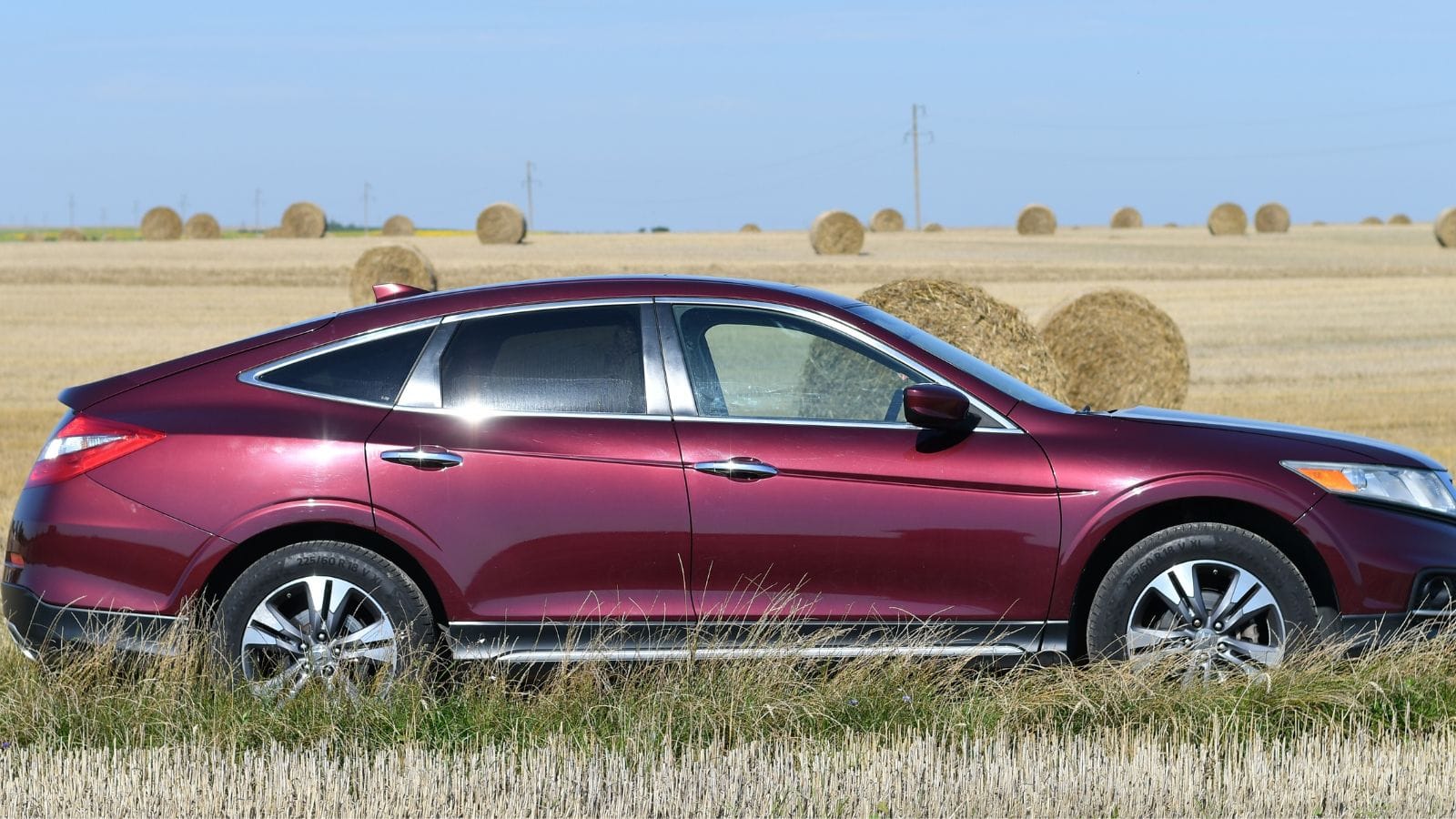
Shoji Matsui designed Honda’s Crosstour. It was a crossover iteration of the Accord that no one quite wanted and was fitted with a 3.5-liter V6 engine that produced 278 horsepower. The interior offered plenty of space, leather-trimmed seats, dual-zone climate control, and a premium audio system. Still, its chunky styling and ungainly rear end repelled consumers. It had a decent 0-60 mph time of 7.5 seconds, but the Crosstour’s identity crisis, which was neither sedan nor SUV, sent it to an early grave.
Saturn Ion (2003-2007)
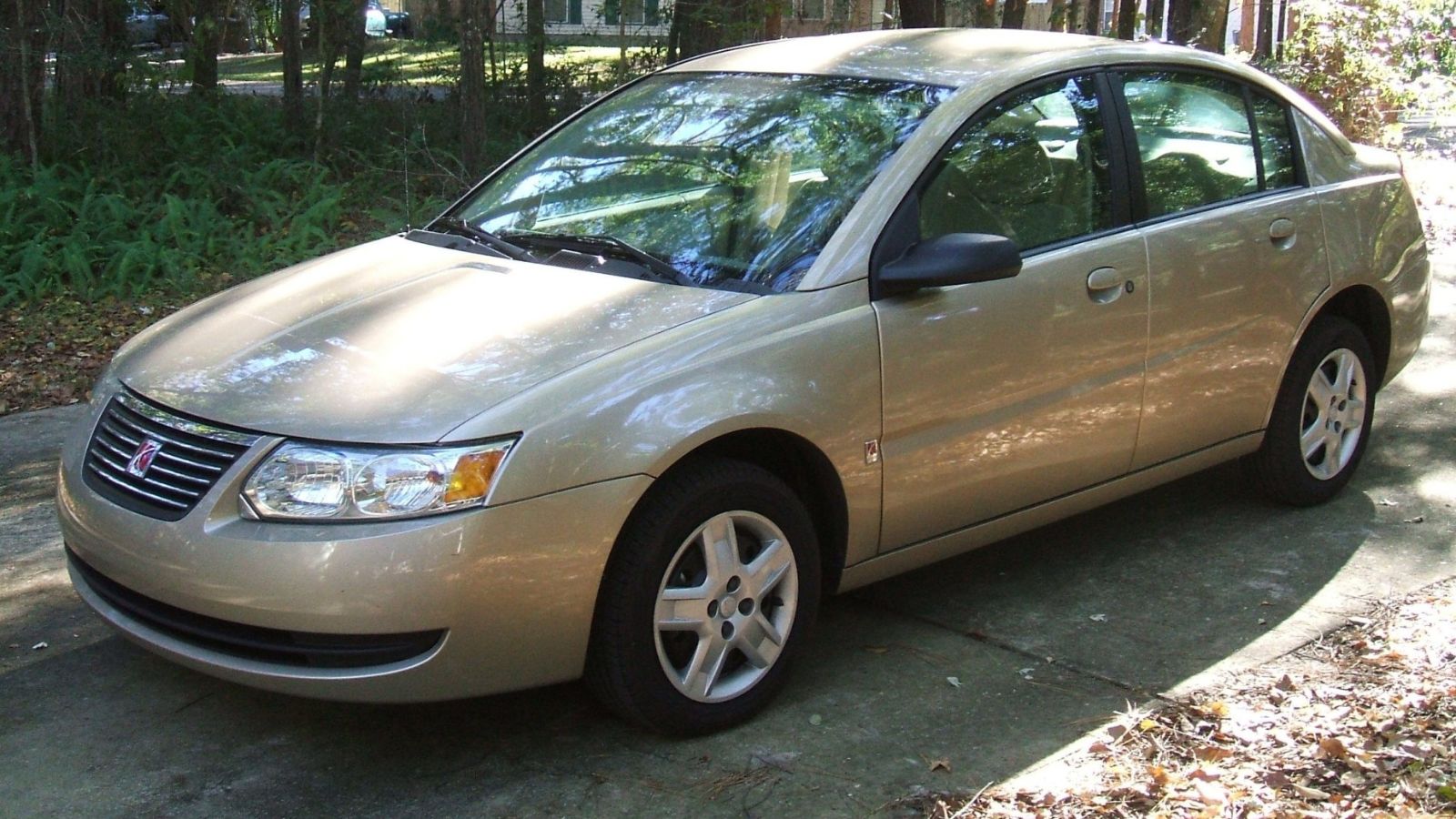
Anne Asensio designed the Saturn Ion with a 2.2-liter four-cylinder engine that delivered 140 horsepower and took 8.9 seconds to go from 0 to 60 mph. Its plastic body panels were durable but cheap. The interior was unimpressive, with cloth seats and a centrally located instrument cluster that confused drivers. The car was intended to update the brand but drove away loyal buyers. It was not quick enough to compensate for its lackluster personality, and bad reviews and slipping sales saw it discontinued.
BMW 5 Series GT (2009-2017)
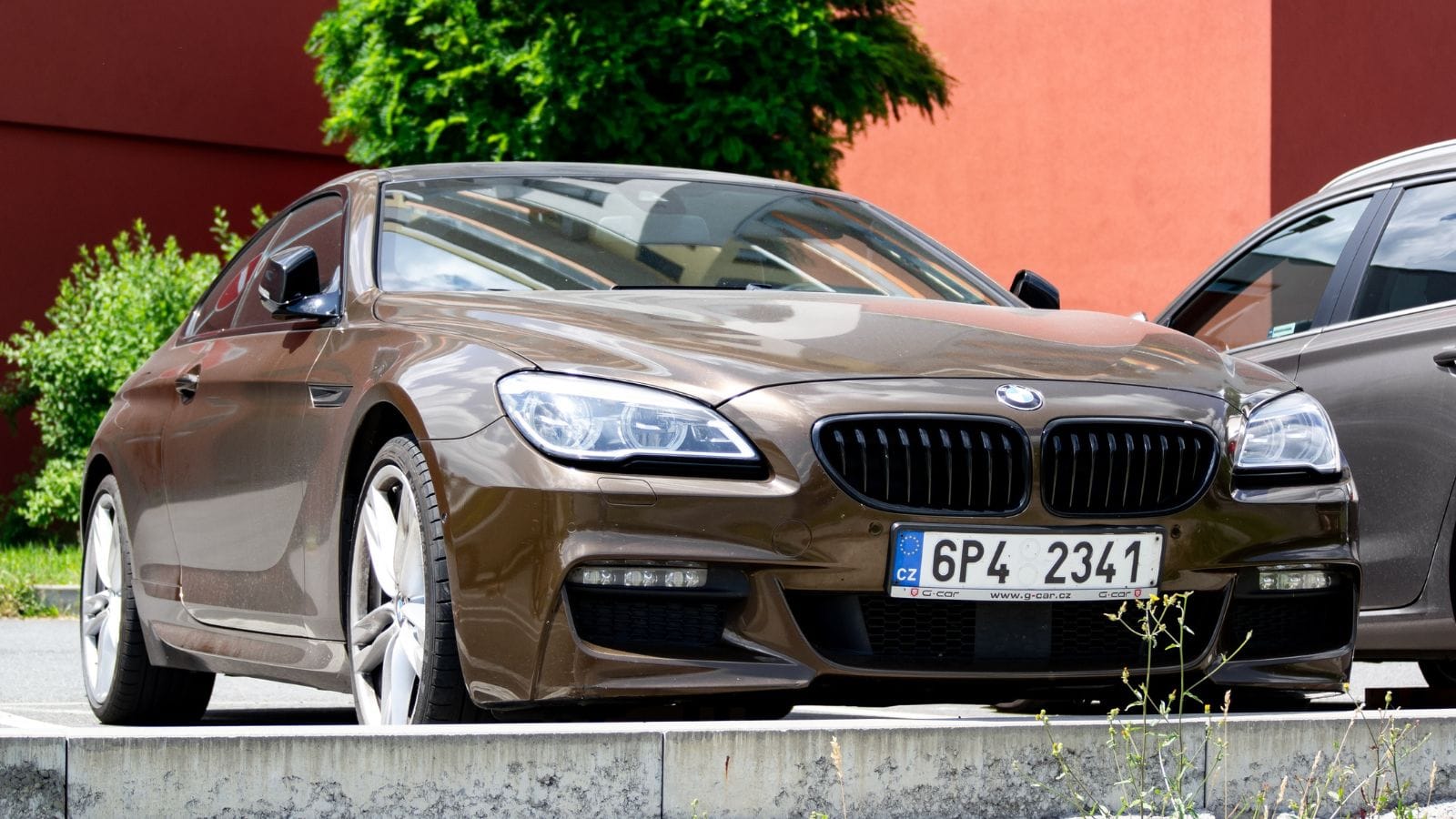
Adrian van Hooydonk designed the BMW’s 5 Series GT, featuring a 3.0-liter turbocharged inline-six that made 300 horsepower. The interior was comfortable, with leather seats, a panoramic sunroof, and a rear entertainment system. Even with a brisk 0-60 mph time of 5.4 seconds, the awkward styling didn’t sell well to luxury shoppers, and it was one of BMW’s few mistakes.
Plymouth Prowler (1997-2002)
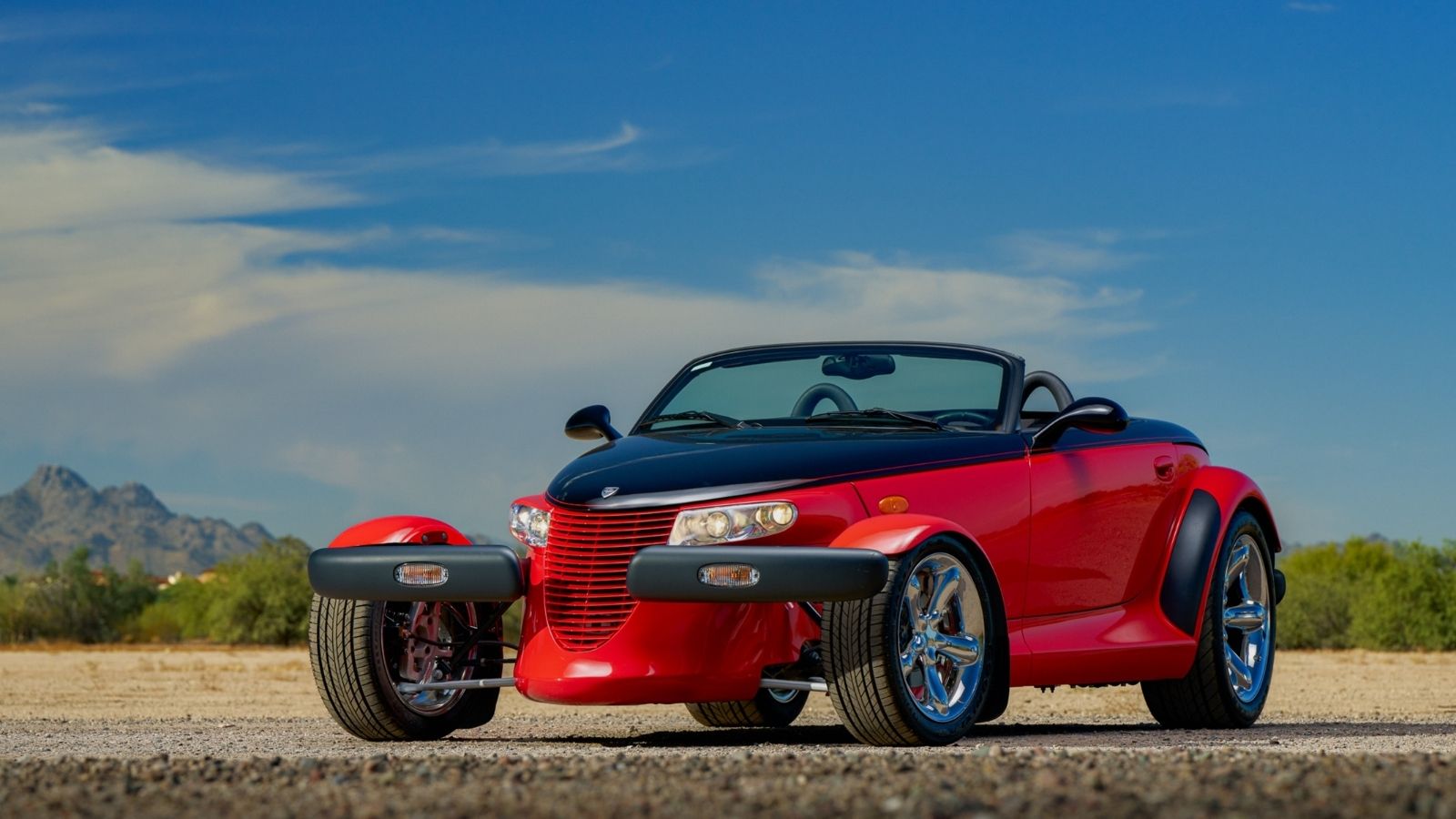
The Plymouth Prowler was a cool-looking hot rod without muscle. Thomas C. Gale designed it with a 3.5-liter V6 engine producing 253 horsepower. The retro-style interior boasted leather seats and a bare-bones dashboard, but it wasn’t roomy. While it could accelerate from 0 to 60 mph in 5.9 seconds, many were let down by its absence of raw power. Style alone couldn’t keep car sales up, leading Chrysler to discontinue the Prowler.
Infiniti QX56 (2004-2010)
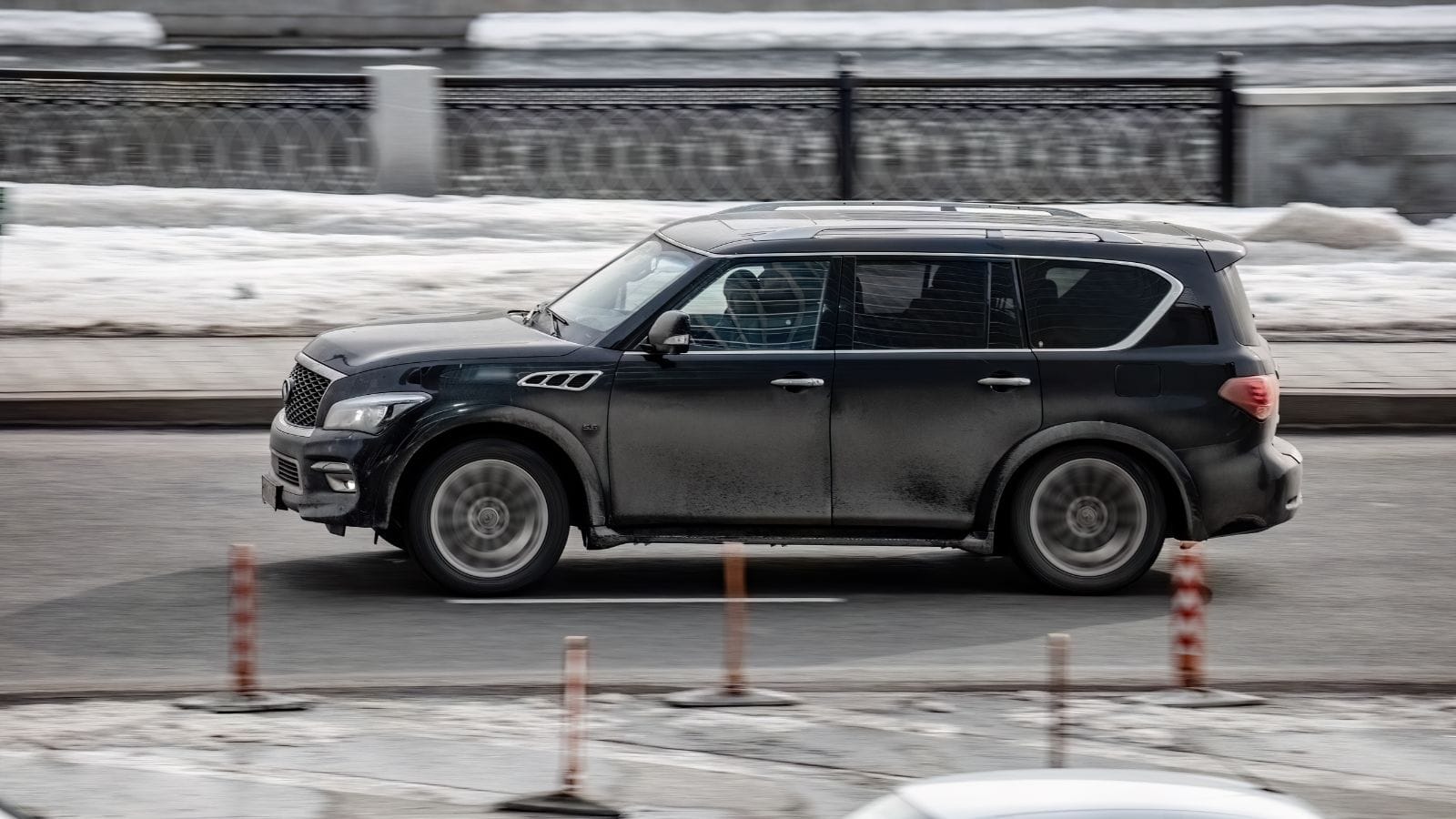
Shiro Nakamura designed the QX56, Ifiniti’s first full-size SUV. Its 5.6-liter V8 engine produced 320 horsepower, enabling the car to take only 7.0 seconds to deliver a 0-60 mph performance. The interior was roomy and included leather seats, a navigation system, and a rear-seat entertainment system. However, the clunky styling and poor fuel economy failed to meet expectations. Buyers wanted elegance, not bulk, and the QX56 flopped in the competitive luxury SUV market.
Fiat 500L (2014-2020)

The Fiat 500L was intended to be a larger, family-oriented version of the iconic Fiat 500, but it lacked the magic. Roberto Giolito designed it with a 1.4-liter turbocharged engine that made 160 horsepower. The interior was roomy for its segment, with a panoramic sunroof and personalized interior color options. But its awkward proportions and slow 0-60 mph time of 9.1 seconds dissuaded consumers. Poor dependability and dismal ratings soon contributed to its failure in North America.
Chevrolet Vega (1970-1977)
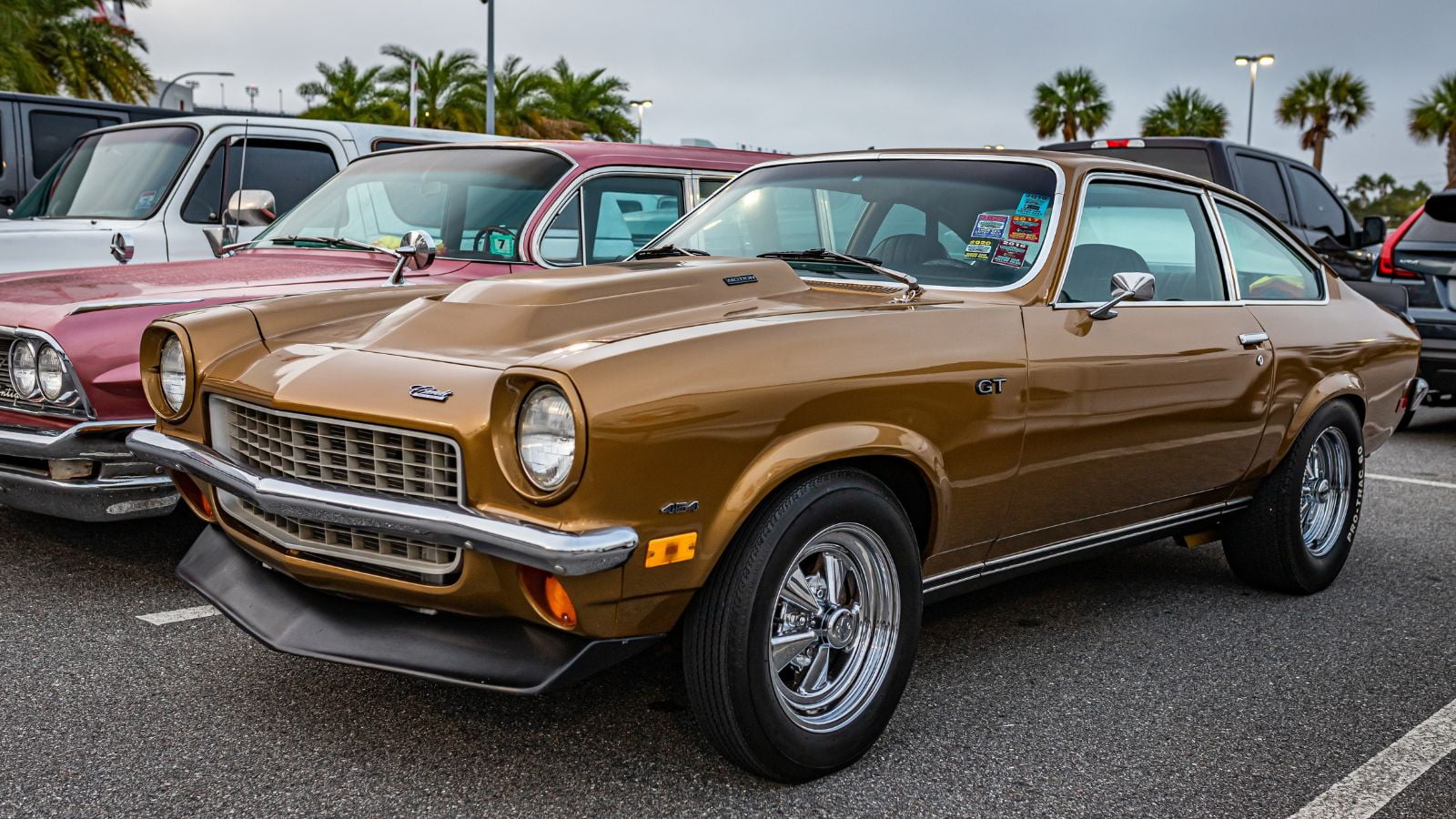
Bill Mitchell created the Chevrolet Vega, which began with potential but soon became a mechanical nightmare. It had a 2.3-liter inline-four engine producing 90 horsepower, which took the car 13 seconds to accelerate from 0 to 60 mph, which was relatively slow for 1970s specifications. The interior was spartan, with vinyl seats, a plain dashboard, and minimal technology. Yet the issue was its aluminum engine block that tended to overheat and fail. Recalls and rust problems cemented the Vega’s reputation as a giant failure.
18 Budget-Friendly Electric Cars That Last Longer Than Their Loans — Economical Electrics
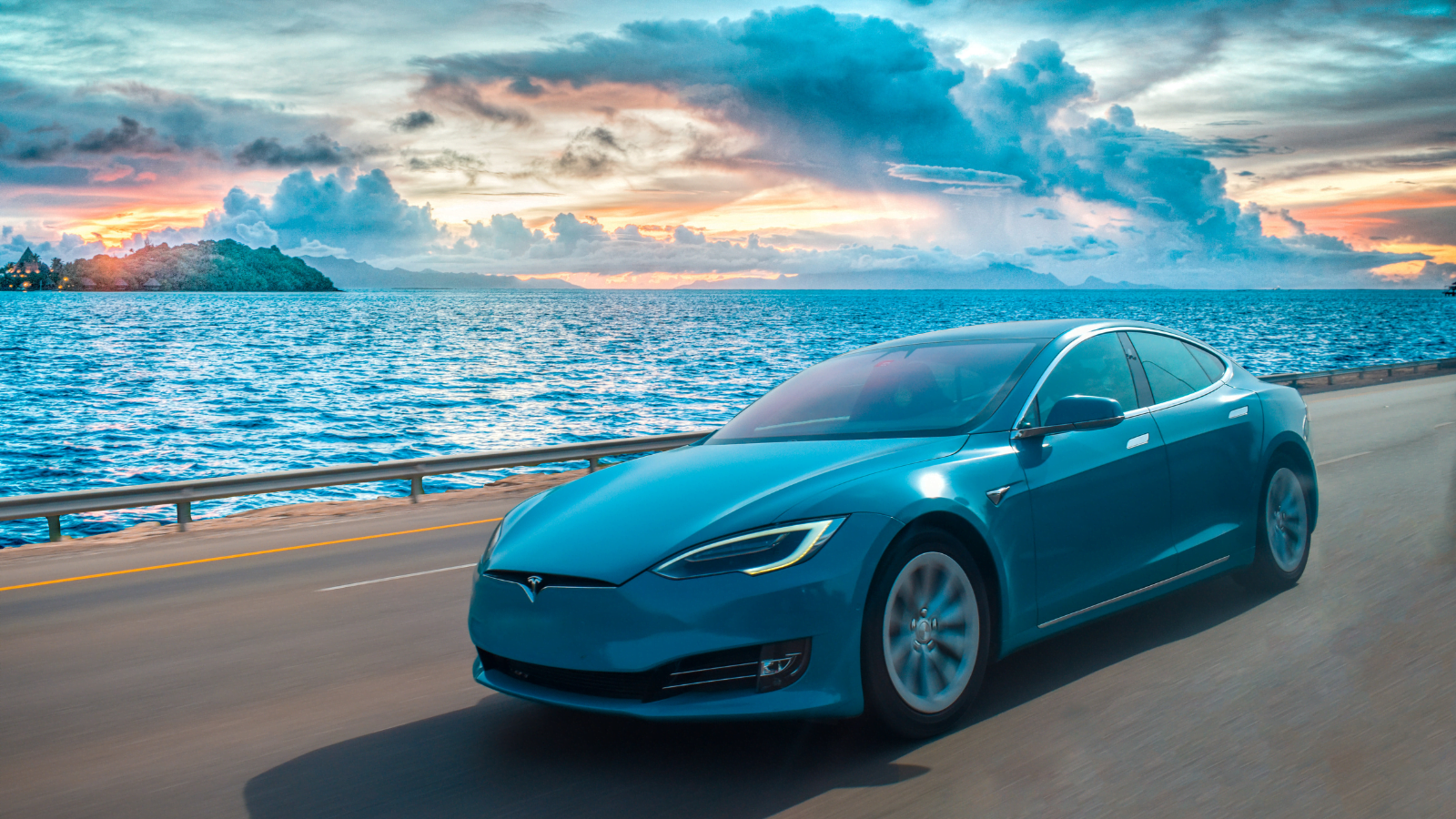
Electric vehicles are no longer a luxury for the elite—they’re a smart investment for the everyday driver. With manufacturers stepping up to the plate, affordable EVs now deliver on reliability, range, and modern comforts. Here’s a look at 18 economical electric cars engineered to outlast their payment plans.
18 Budget-Friendly Electric Cars That Last Longer Than Their Loans — Economical Electrics
